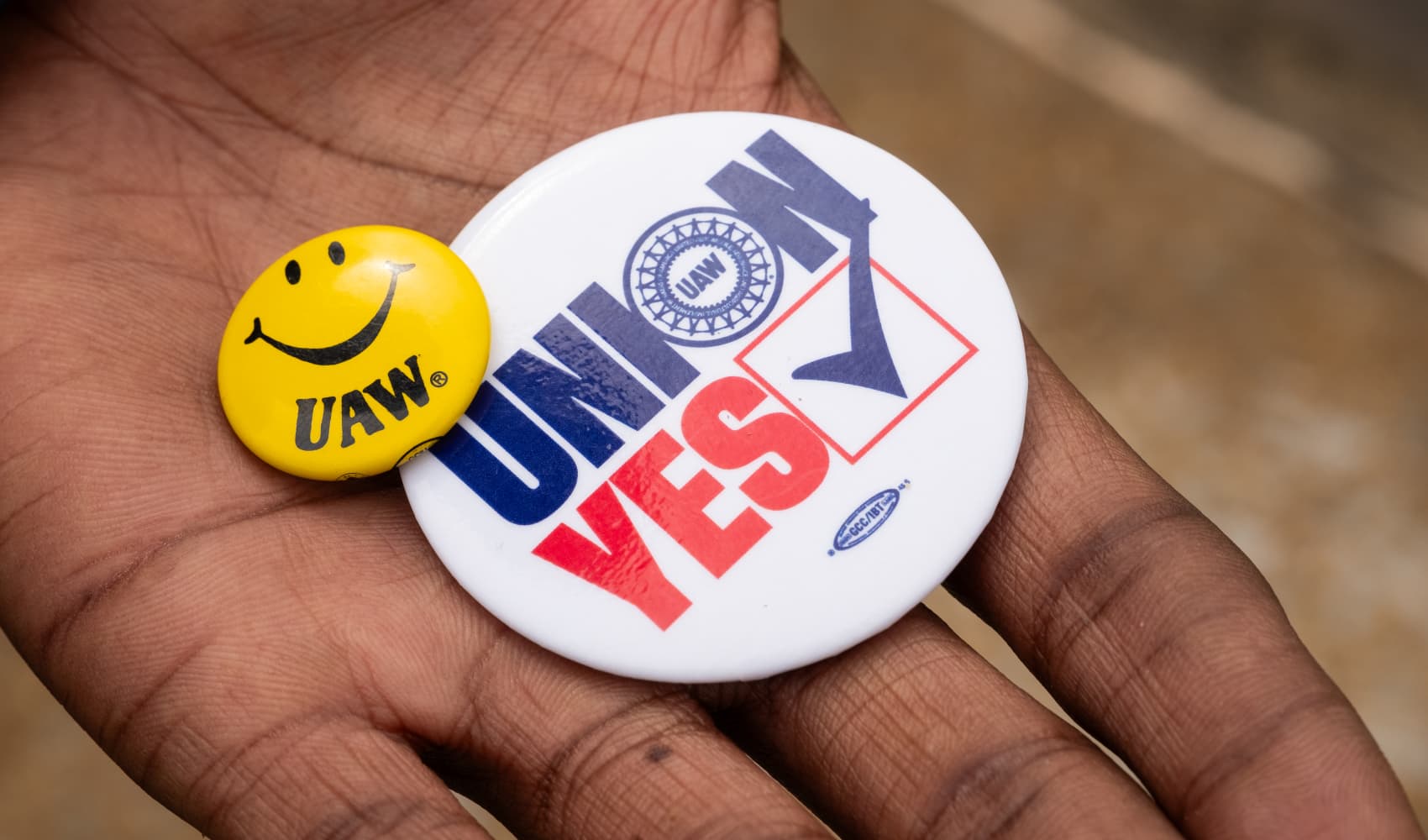
- Brent crude futures traded at $53.81 a barrel on Wednesday afternoon, following a 5% jump on Tuesday that brought the commodity to an 11-month high.
- A Reuters poll of analysts in late December showed a broad expectation that Brent will average "a smidge above $50/bbl this year," PVM Oil Associates said Wednesday.
- Goldman Sachs sees demand rebounding by March, with the arrival of warmer weather and increased vaccinations.
Oil markets are in for more struggles this year despite a more than 5% boost to prices this week on news from OPEC+. The oil producer group, led by Saudi Arabia and Russia, announced that members would keep production largely steady rather than raising it, with Riyadh later revealing voluntary cuts of an extra 1 million barrels per day from its January's production levels in February and March.
Brent crude futures traded at $53.81 a barrel on Wednesday afternoon, following a 5% jump on Tuesday that brought the commodity to an 11-month high.
Could crude return to its pre-pandemic levels of more than $60 a barrel in 2021? Not if the outlooks of several forecasters are correct, which throw cold water on bullish hopes for a full demand recovery as Covid-19 vaccines are rolled out in countries across the world.
A Reuters poll of analysts in late December showed a broad expectation that Brent will average "a smidge above $50/bbl this year," a note from PVM Oil Associates read Wednesday. "At the heart of this gloomy forecast is the key downside risk for oil prices in 2021: will the new Covid-19 strain that has triggered a flurry of fresh lockdown measures weigh on economic activity and travel demand?"
In addition to pandemic-induced uncertainty, with many countries seeing increased infections and some seeing fresh lockdowns over the new and highly transmissible Covid variant, the price of crude will also depend on Saudi Arabia and Russia's willingness to remain loyal to OPEC+ supply cut agreements — disputes over which have seen united fronts collapse in the past.
Money Report
A return to $65 oil?
Despite sending prices upward, bearish forecasters chose to view the surprise Saudi production cuts for what they were: an indicator of still weakening demand. OPEC+ in December already delayed its plan to increase production by 2 million barrels per day for January.
Caution remains the overwhelming sentiment among members, with Saudi energy minister Abdulaziz bin Salman highlighting the need for "prudence." As noted by analytics firm Kpler: "At 3,637 mb (million barrels), global oil inventories are still 220 mb higher y/y, despite having fallen 126 mb from their highs in July 2020."
Goldman Sachs also sees anemic demand in the short term. But its longer-term outlook for the rest of the year is much brighter.
"Despite this bullish supply agreement (from OPEC), we believe Saudi's decision likely reflects signs of weakening demand as lockdowns return, with our updated 1Q21 balance actually weaker than previously," Goldman's energy team wrote in an analysis published Wednesday.
But, they added: "Saudi's action and the prospect for a tight market in 2Q21, as the rebound in demand stresses the ability to restart production, will likely support prices in coming weeks, leading us to reiterate our bullish oil view." The bank sees oil at a robust $65 per barrel by the end of the year, recommending a long December 2021 Brent trade.
"Our own year-end Brent forecast of $65/bbl is still well above market forwards and consensus expectations," the bank noted.
Tight market ahead?
Goldman sees demand rebounding by March, with the arrival of warmer weather and increased vaccinations. Ramping up output at that point will take time, and the bank predicts a crude deficit of 1.3 million barrels a day from April to July "despite OPEC+ increasing production by 4 mb/d, a historically tall order."
"Net, we believe today's outcome will help support prices in the face of demand risks given Saudi's commitment to balance the market, the potential for them to cut more than demand actually disappoints, (and) risks of a tighter 2Q21 balance."
"Prices should see limited upside potential in the first half of the year," Stephen Brennock at PVM Oil Associates said Wednesday, adding that he expects crude balances to "tighten further as the impact of the global vaccination drive begins to be felt in earnest. This, in turn, should set the stage for a sustained price recovery.
"Before that, however, expect the oil market to swing like a pendulum," he warned.






